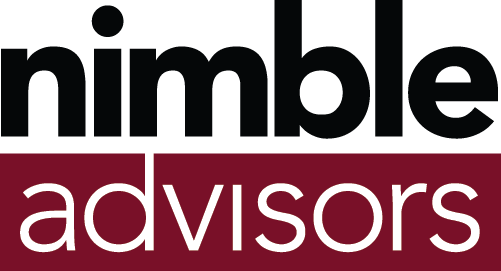Why Consistency In HR Management Is The Secret Sauce For Building A Great Company Culture
Consistency is a management practice that we've discovered to be absolutely essential to creating a positive workplace culture during the course of our work with business owners and managers. Consistency is a key factor in building trust, establishing a positive work environment, and ensuring that all employees are treated fairly. In this blog post, I'll discuss why consistency in workplace expectations is crucial and what steps employers can take to achieve it.
First and foremost, consistency helps to create a sense of fairness and transparency. When expectations are clear and consistent, employees know what is expected of them and can feel confident that they will be evaluated based on objective criteria. Conversely, if expectations are vague or inconsistently applied, employees may feel uncertain about their performance and may not trust the evaluation process. This can lead to resentment and even disengagement, which can have a negative impact on both individual and organizational performance.
Secondly, consistency can help to foster a positive work environment. When expectations are consistently applied, employees are more likely to feel that they are being treated fairly and equitably. This can create a sense of camaraderie and team spirit, as employees feel that they are working together towards a common goal. In contrast, inconsistency can lead to resentment and conflict, as employees feel that they are being treated unfairly or that some colleagues are receiving preferential treatment.
Thirdly, consistency can help to reduce risk and liability. When expectations are clearly defined and consistently applied, employers can more easily defend against claims of discrimination, harassment, or other forms of misconduct. By contrast, inconsistent application of workplace expectations can create confusion and leave employers vulnerable to legal action.
So, how can employers achieve consistency in their workplace expectations? Here are some key steps:
Clearly define expectations. Employers should take the time to clearly articulate their expectations for employees, including job duties, performance standards, and conduct. This can be done through job descriptions, employee handbooks, and other forms of communication.
Train managers and supervisors. Consistency starts at the top, so it's important that managers and supervisors are trained on how to apply workplace expectations consistently and fairly. This may include providing training on performance evaluations, conflict resolution, and other HR policies.
Apply policies consistently. Employers should apply workplace expectations consistently across all employees, regardless of position or tenure. This means enforcing policies fairly and without bias.
Communicate changes. If changes are made to workplace expectations, employers should communicate these changes clearly and proactively. This may include holding meetings or training sessions to explain the changes and answer questions.
In conclusion, consistency in workplace expectations is a critical component of a positive work environment. Employers that take the time to clearly define expectations, train managers and supervisors, apply policies consistently, and communicate changes effectively will be well-positioned to build a strong and productive workforce. By prioritizing consistency, employers can create a work environment that fosters trust, respect, and high performance.
